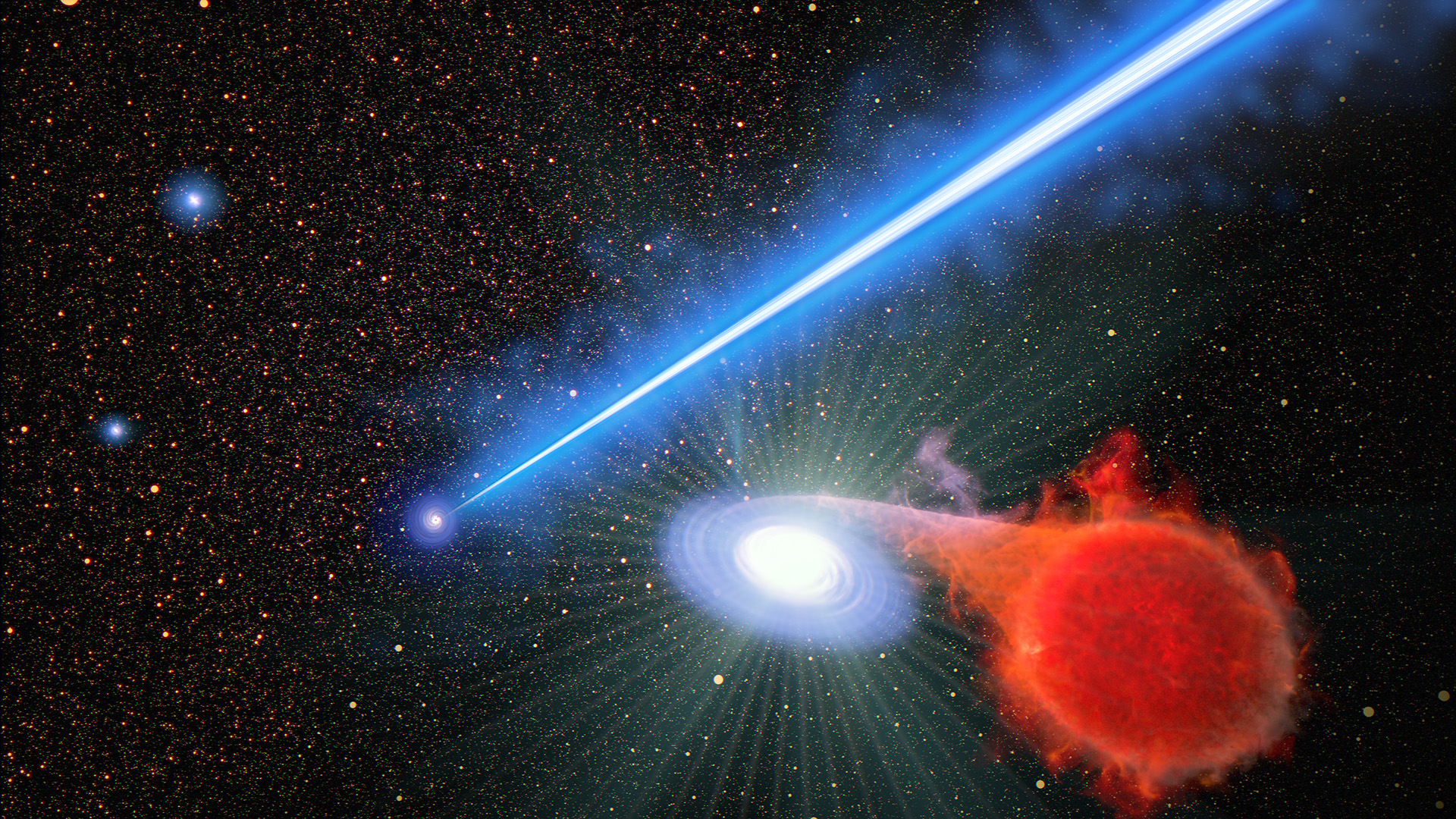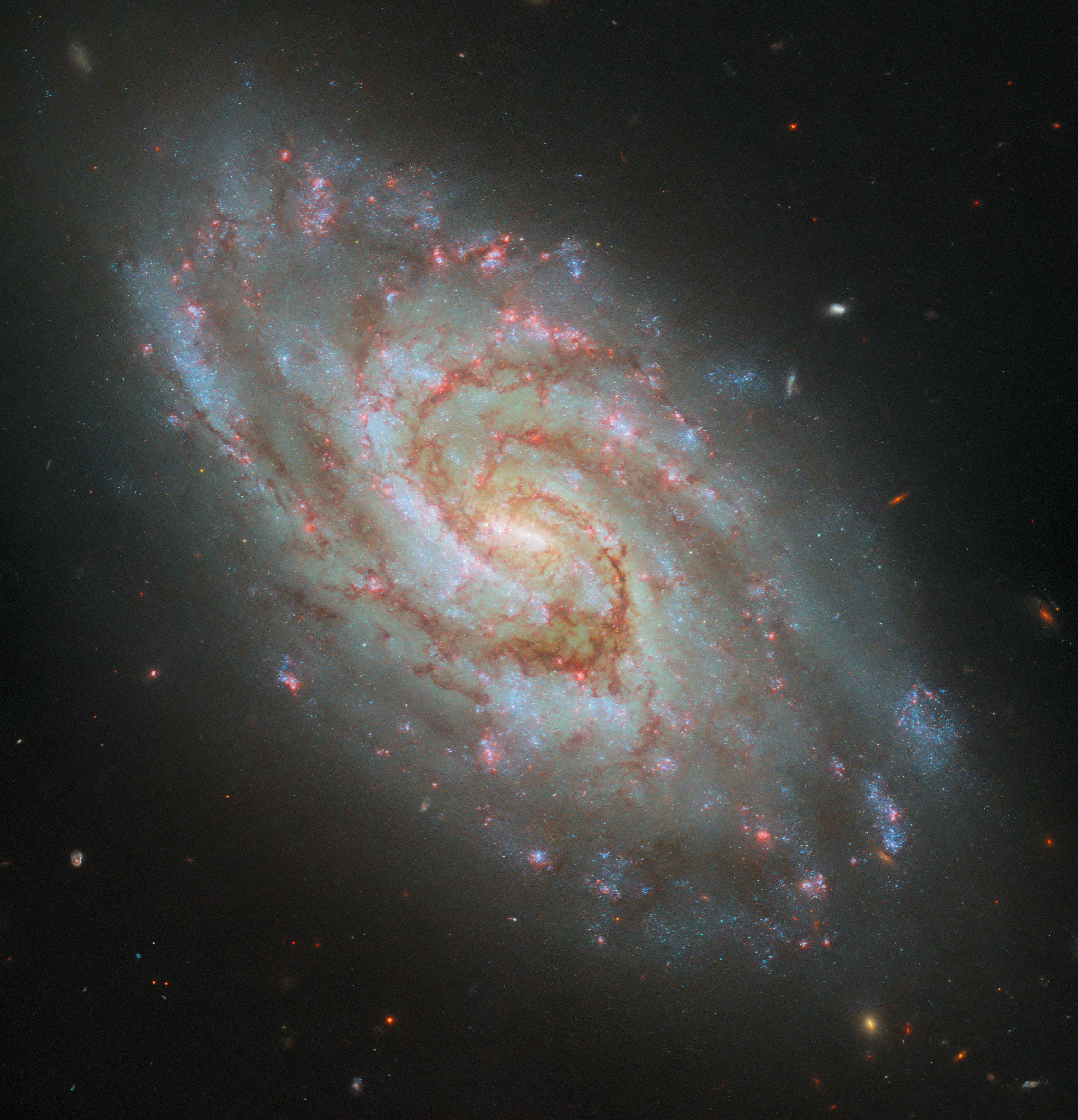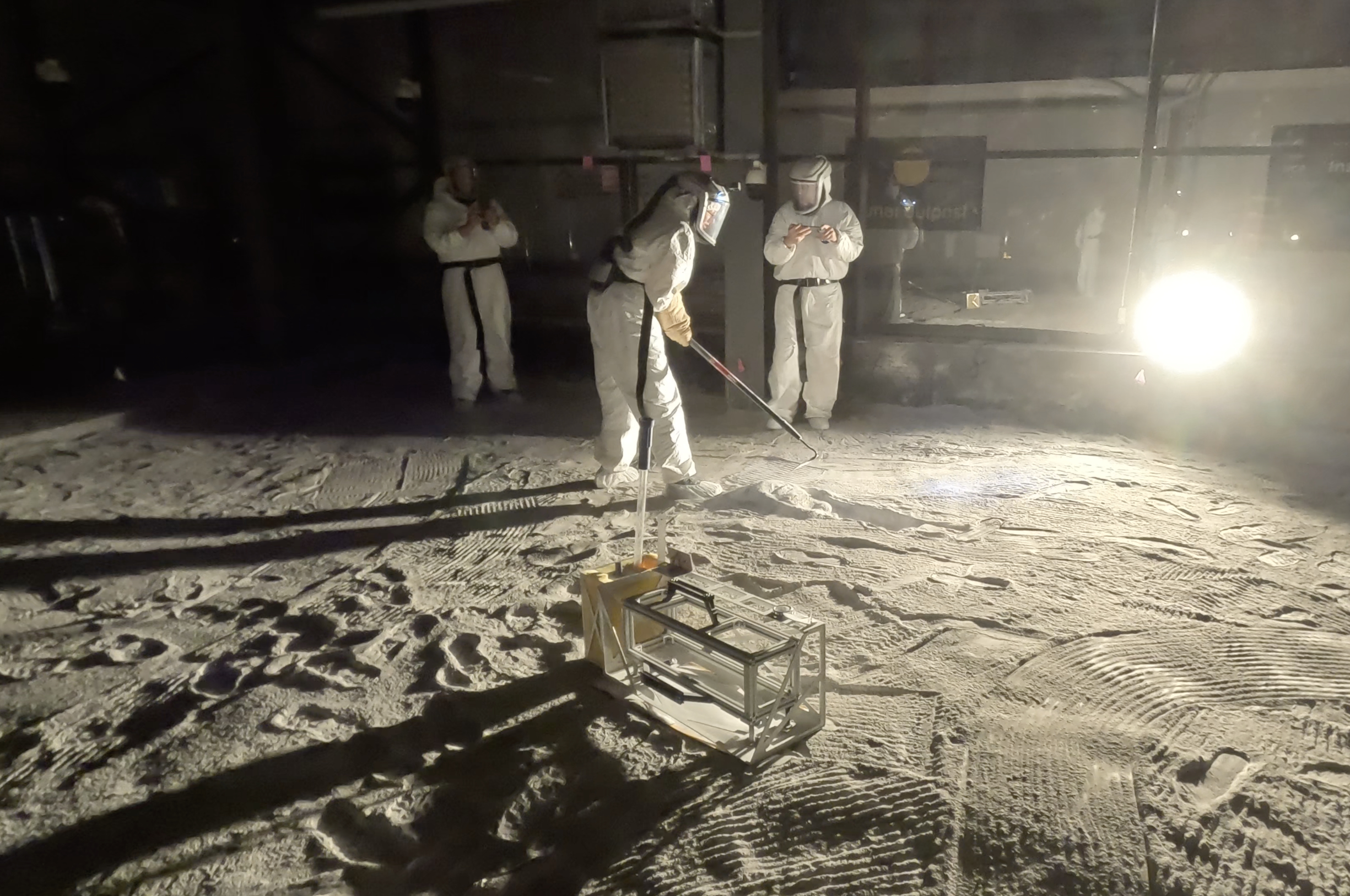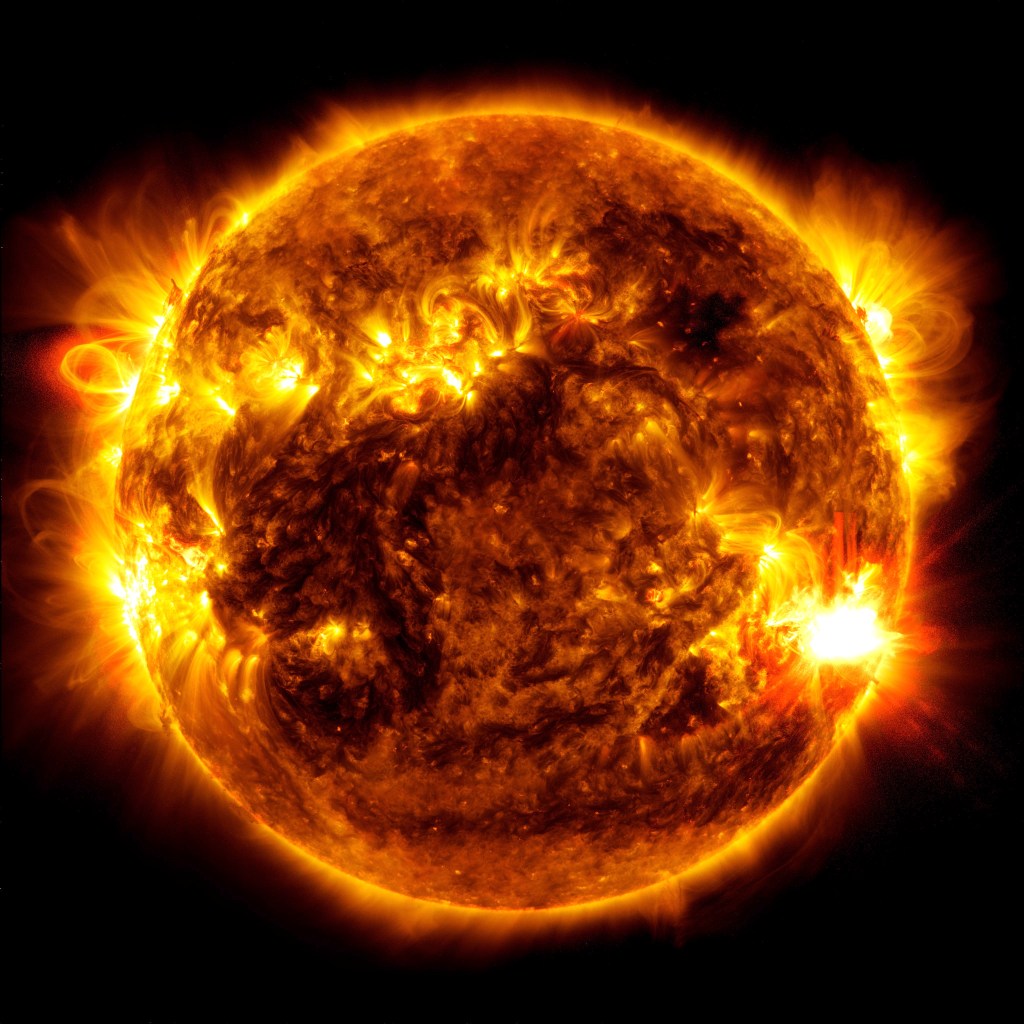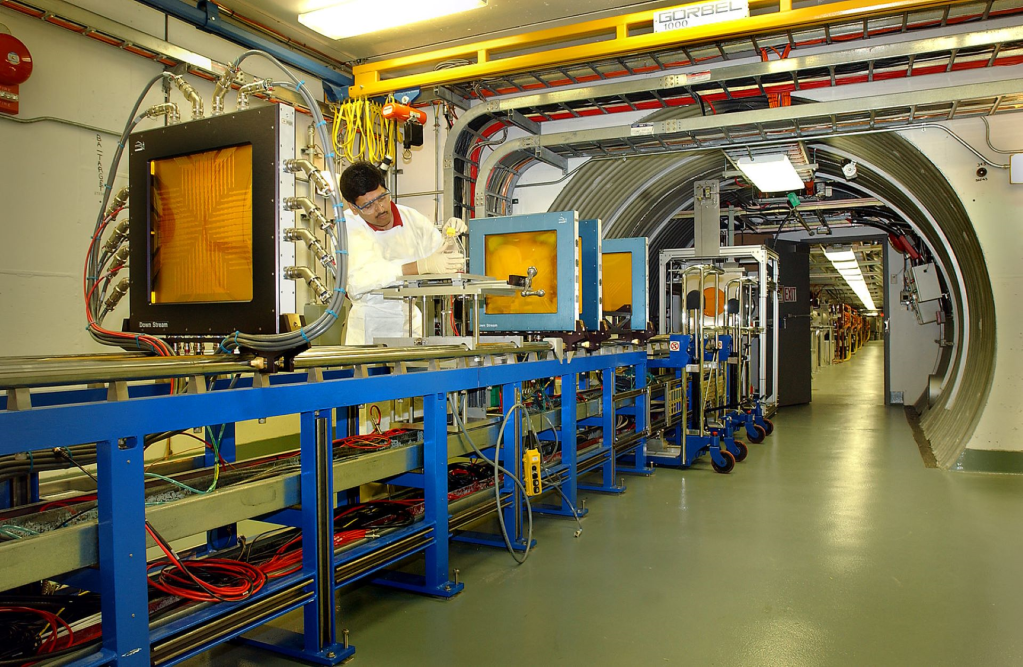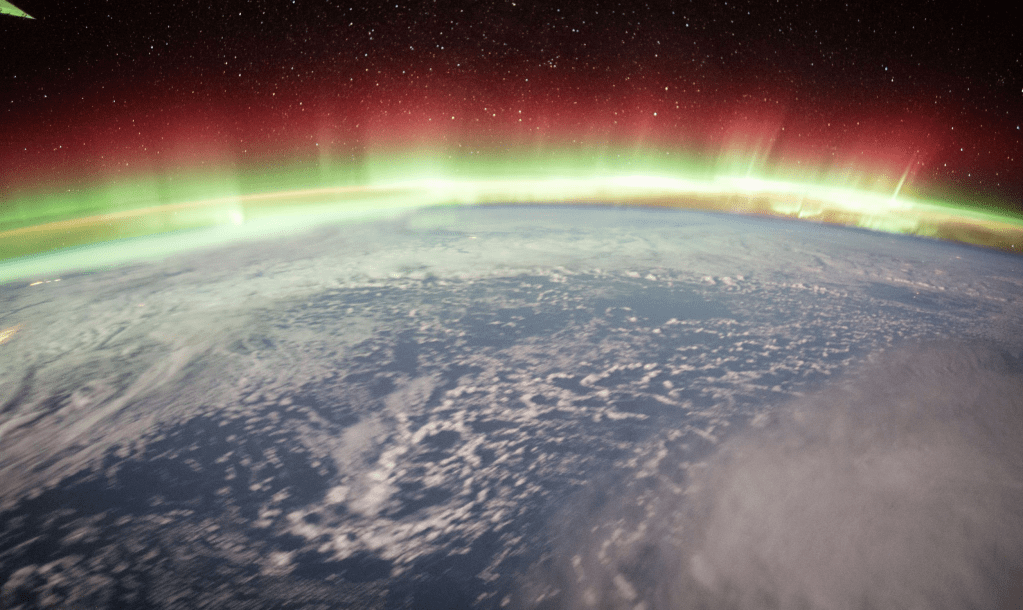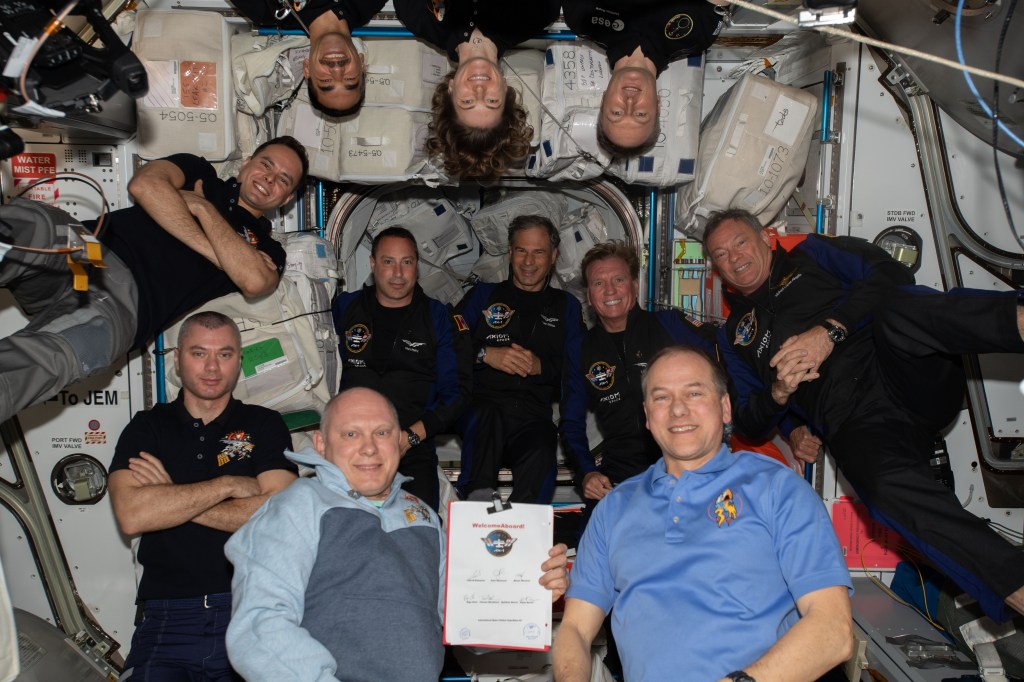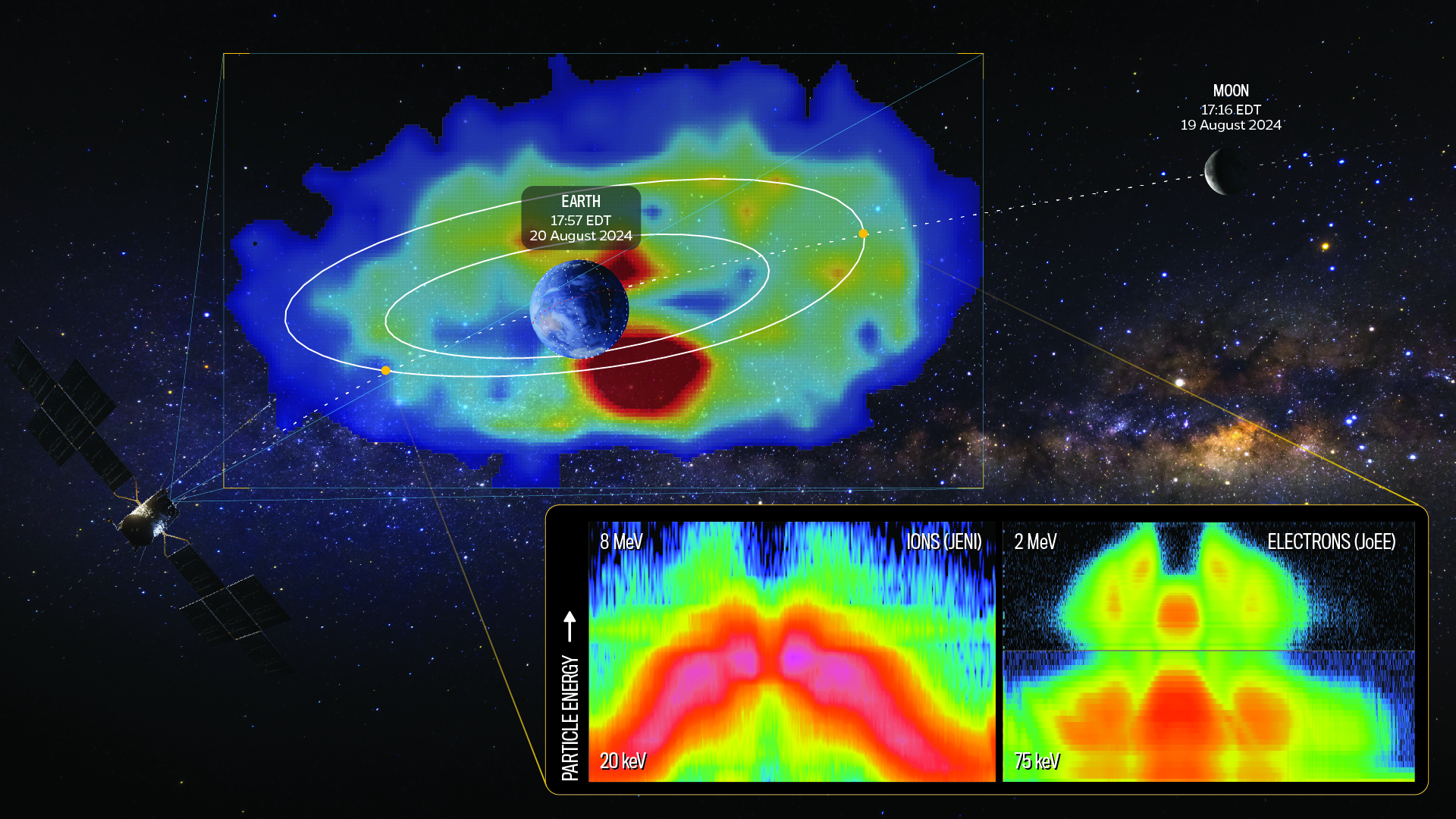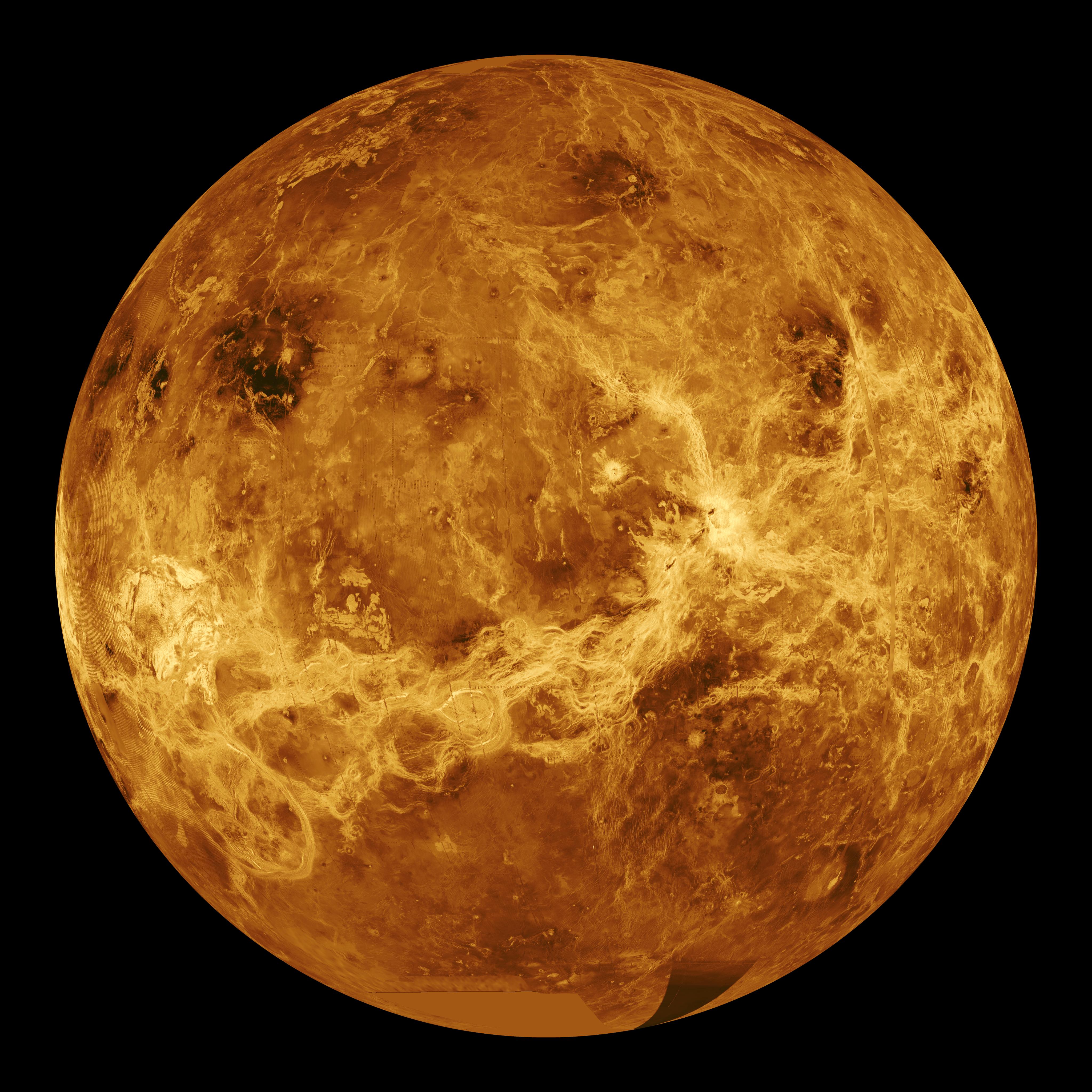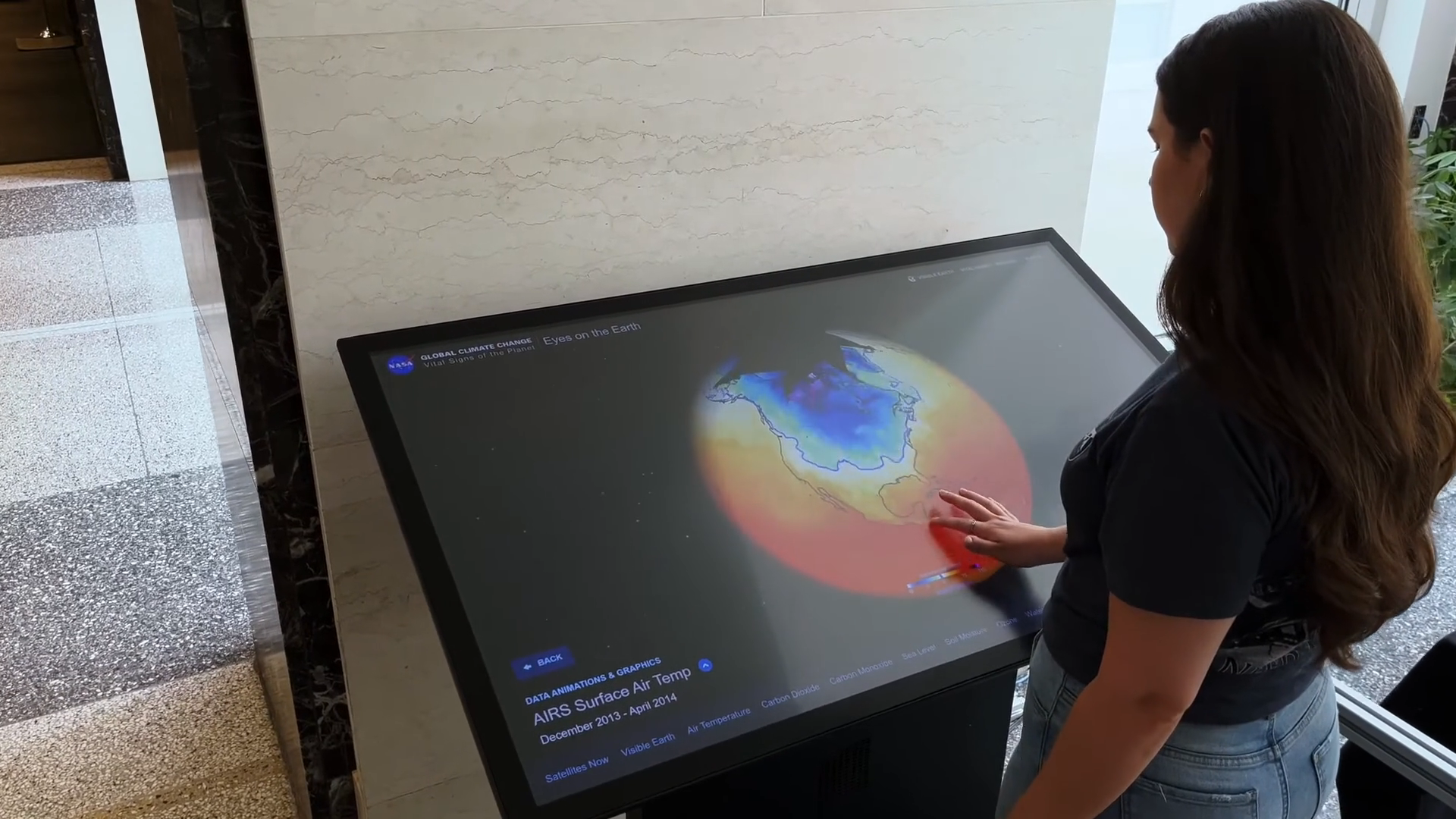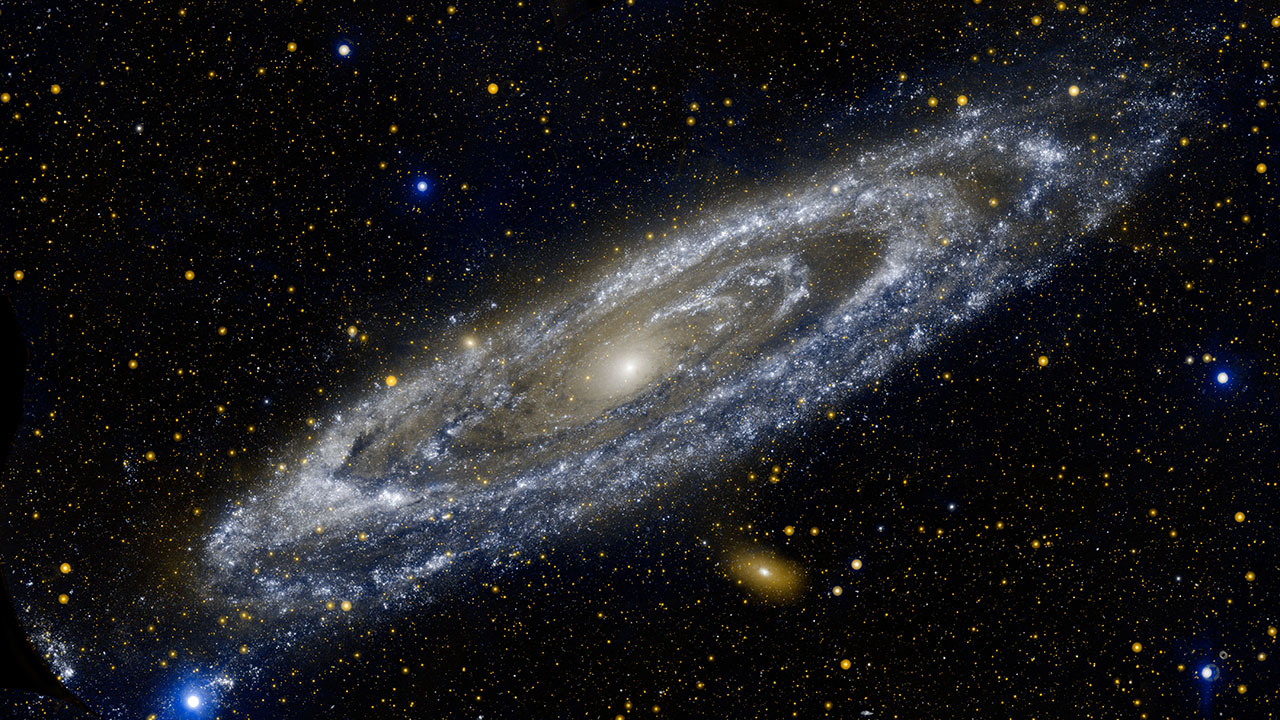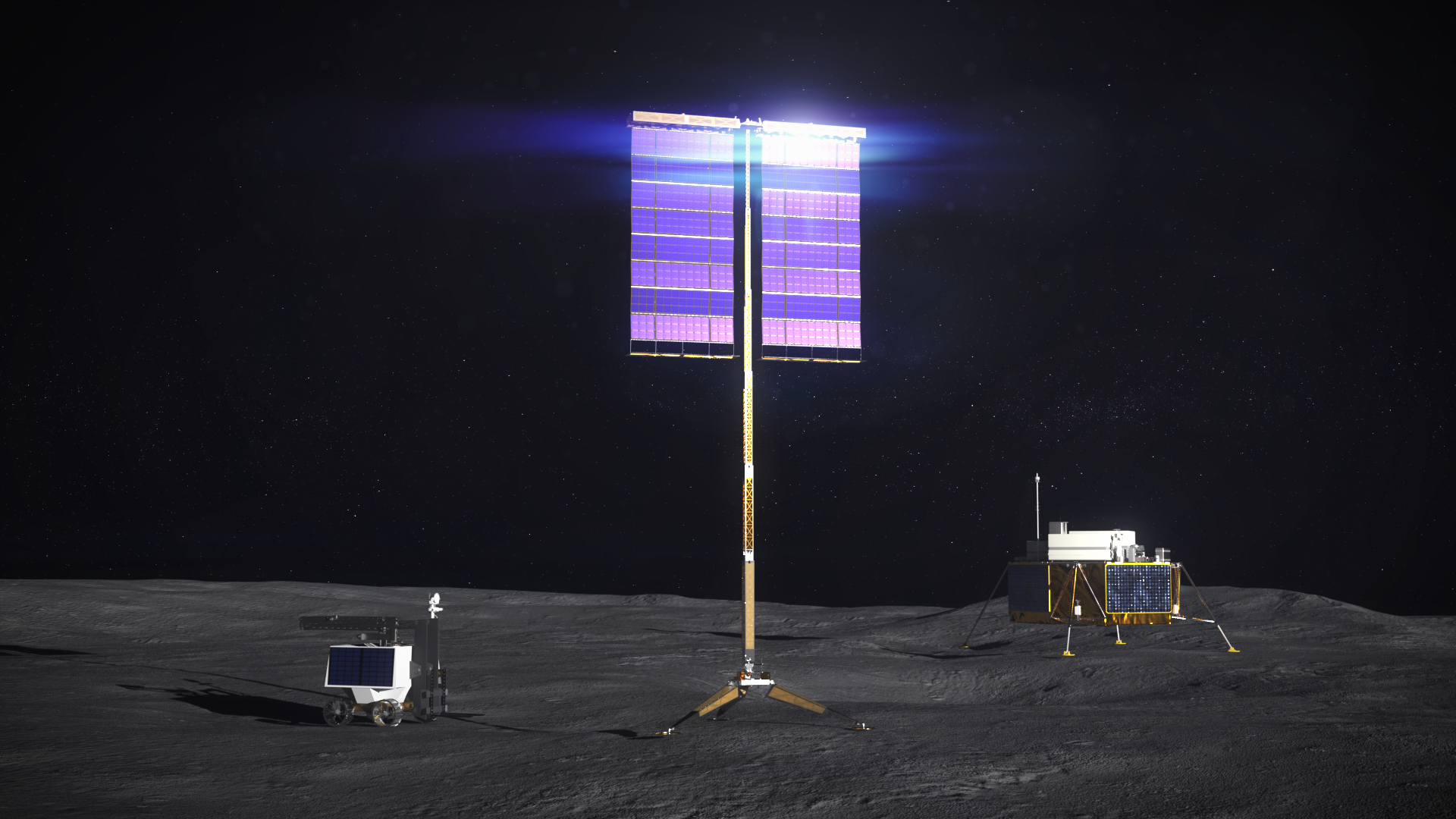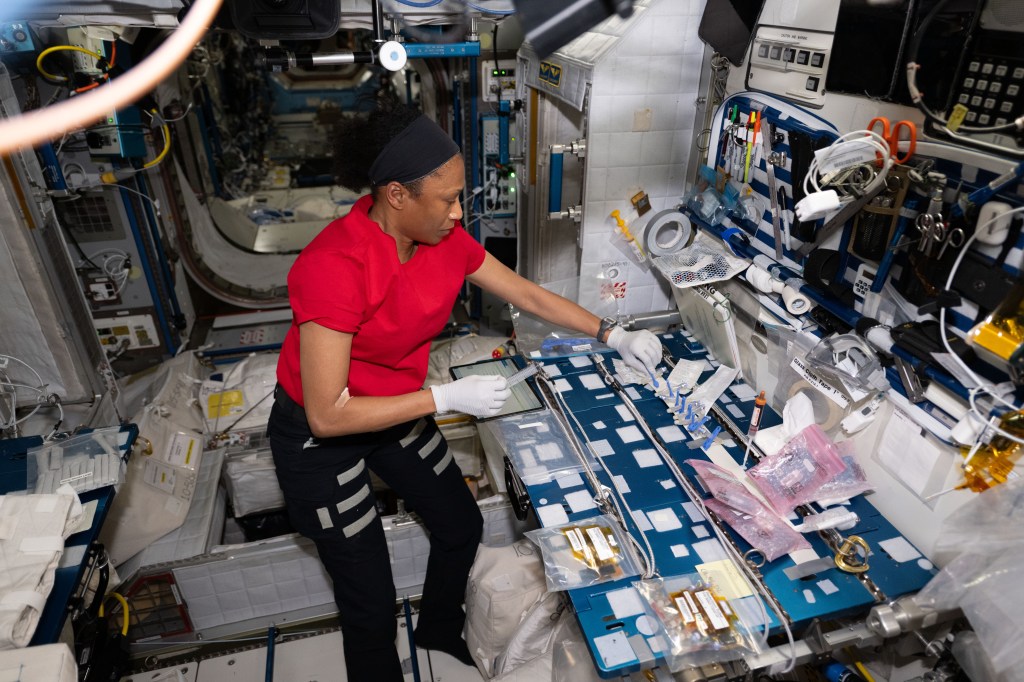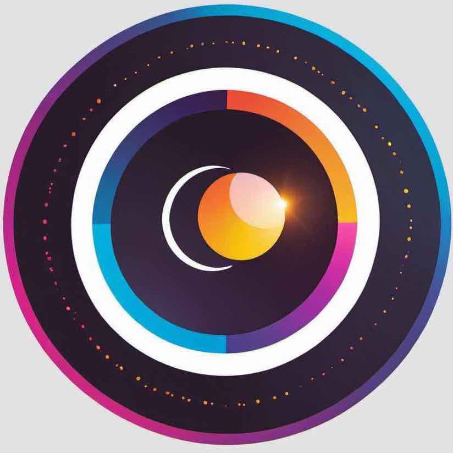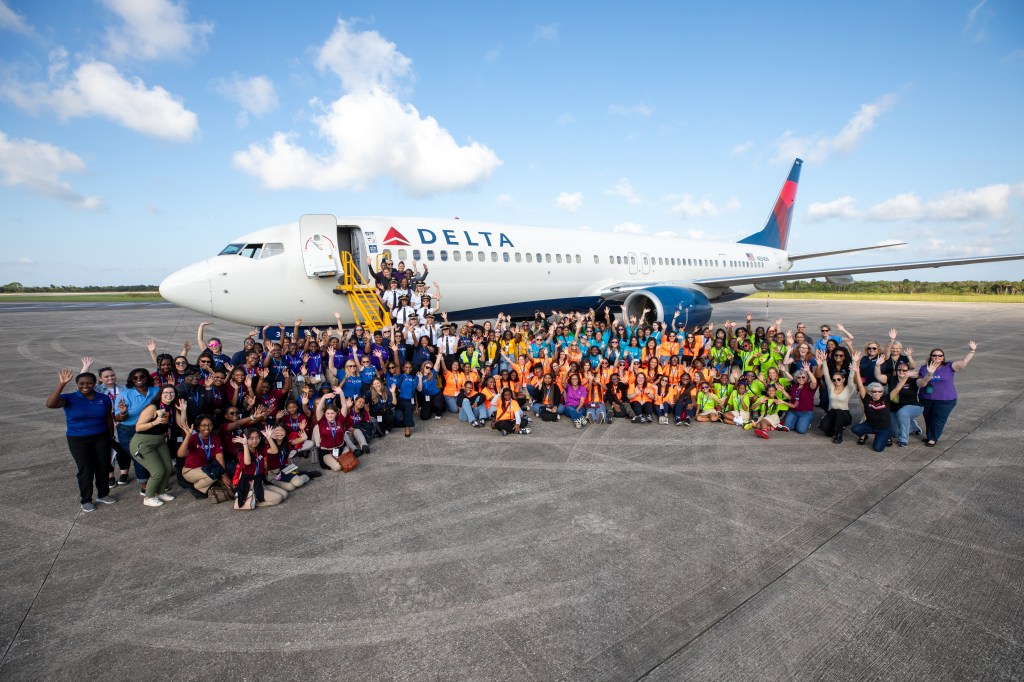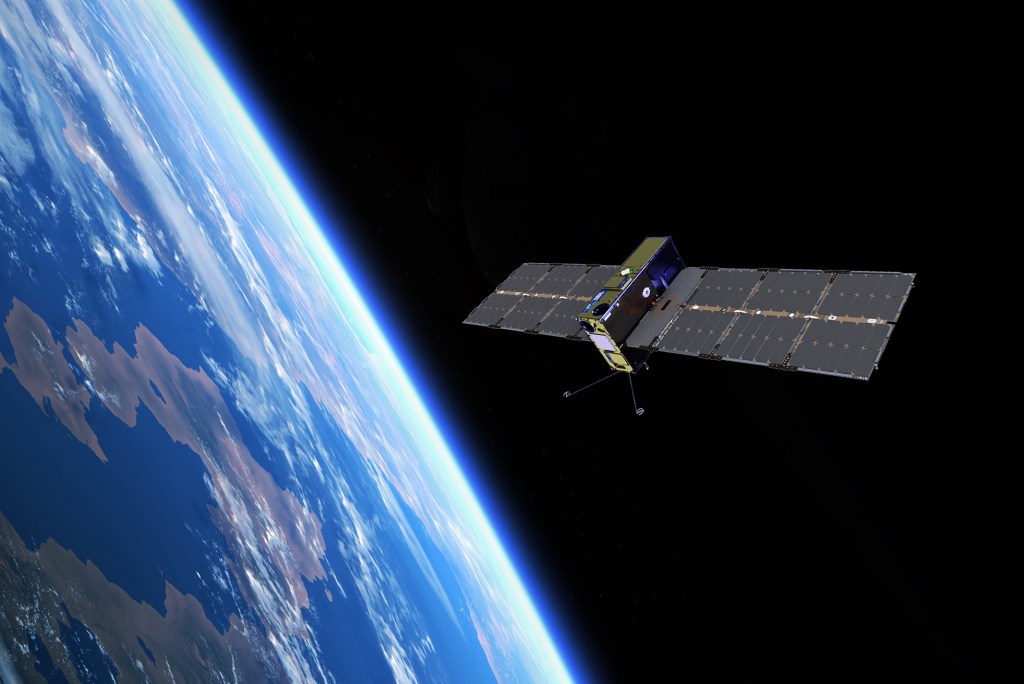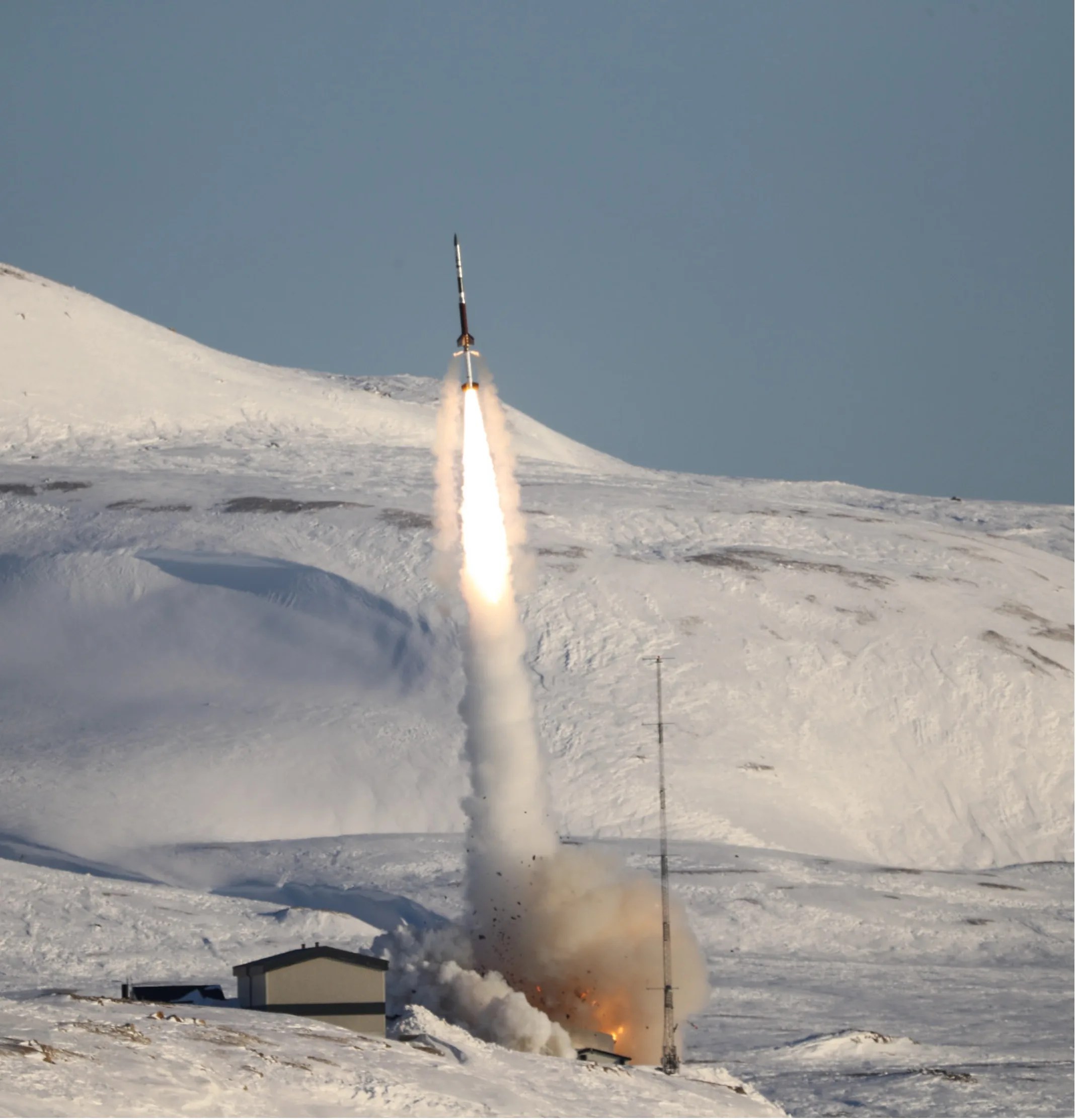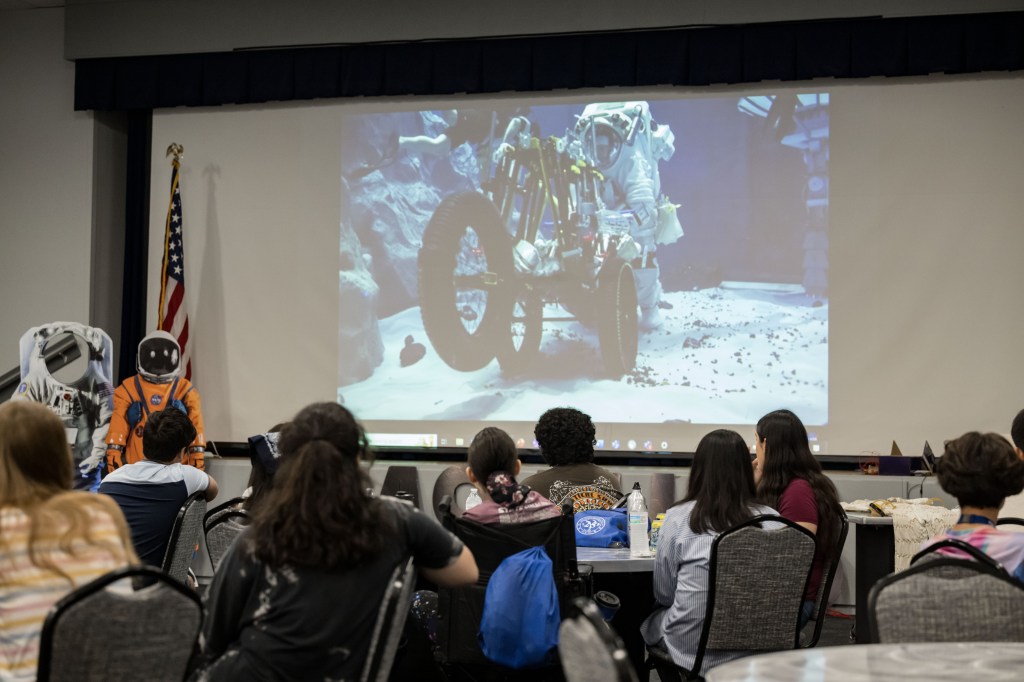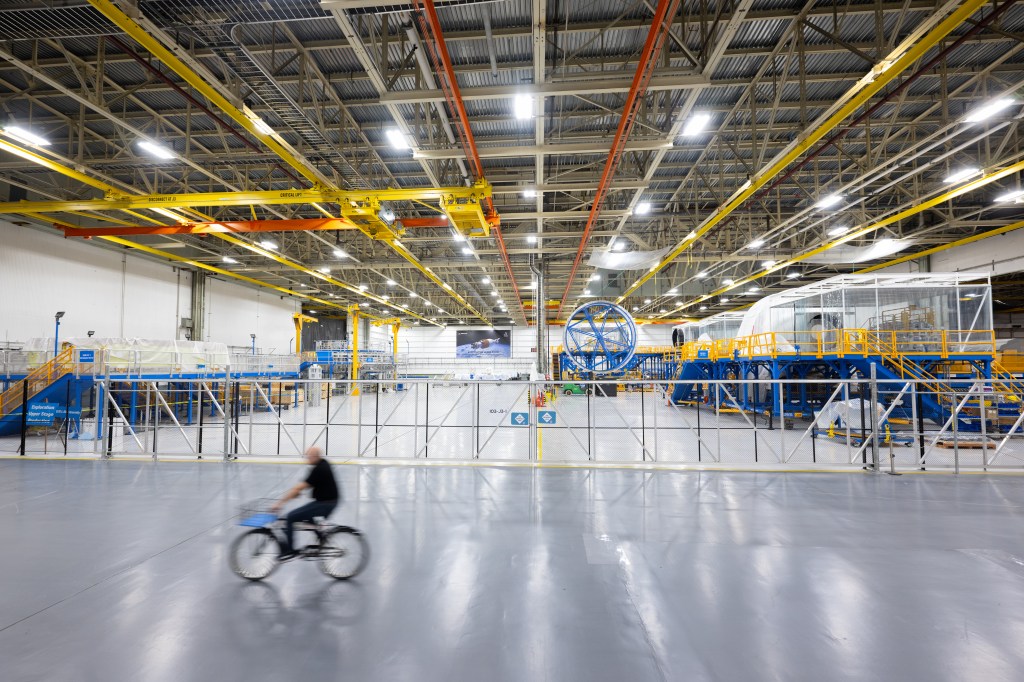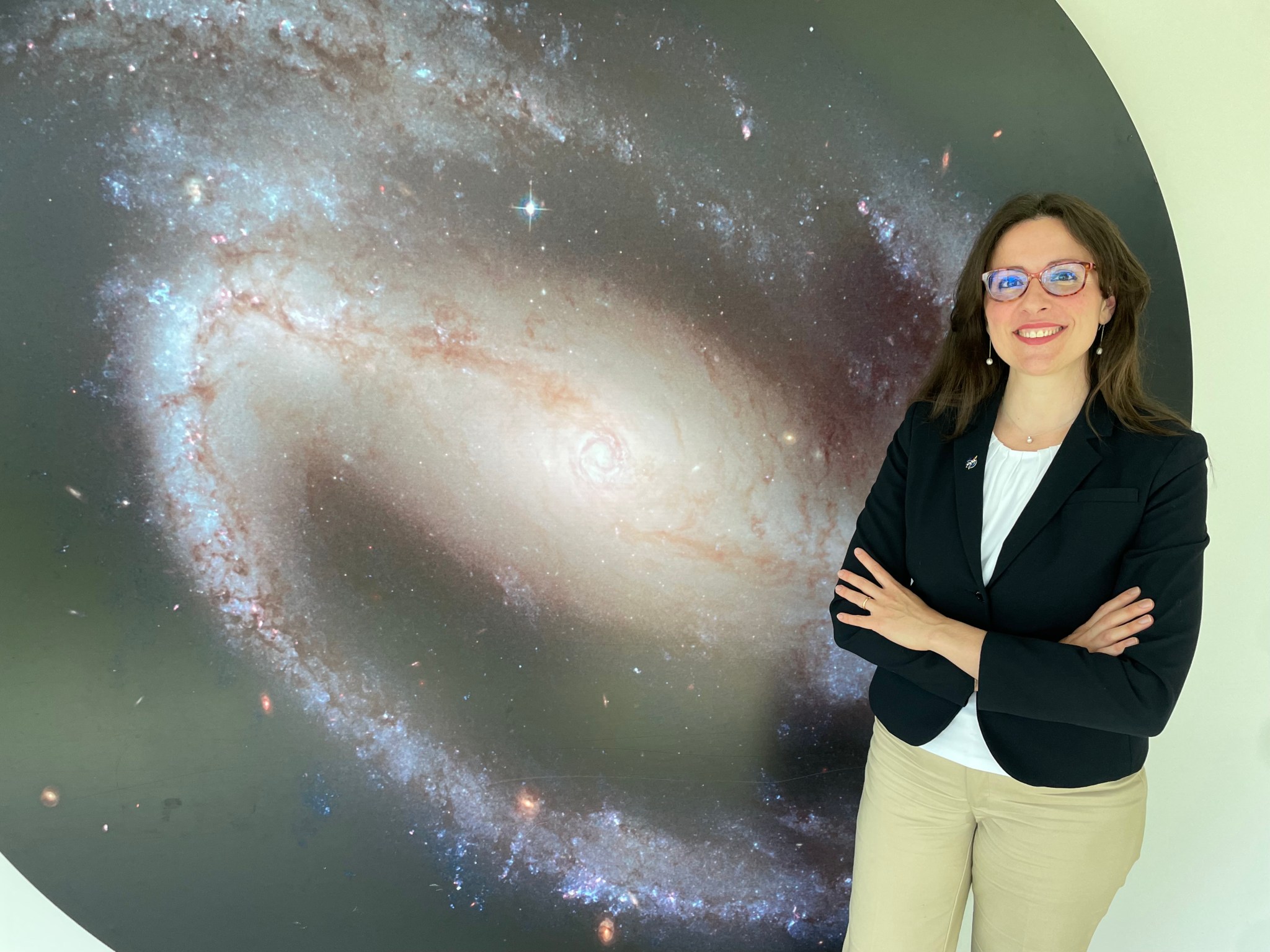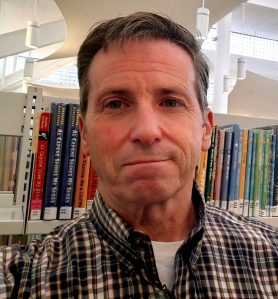To shape NASA’s path of exploration forward, Dr. Gioia Rau unravels stars and worlds beyond our solar system.
Name: Dr. Gioia Rau
Title: Astrophysicist
Organization: Exoplanets and Stellar Astrophysics Laboratory, Astrophysics Division, Science Mission Directorate (Code 667)
What do you do and what is most interesting about your role here at Goddard?
I’m an astrophysicist who studies both evolved stars, stars that about to die, and exoplanets, planets outside our solar system. I study the stars that once held the elements that are in our body, such as calcium. I also lead the science part of several mission concept studies. And I am really passionate about strategic thinking.
How does it feel to achieve your childhood dream of becoming an astrophysicist at NASA?
I am from Italy. Growing up, I was always fascinated by NASA. As a child, I watched the shuttle launches. I loved everything about stars, planets, and galaxies. I devoured astronomy books. I always knew that I wanted to study astrophysics.
Around 10 years old, I wrote a letter to NASA saying that I wanted to become an astrophysicist to study the universe. NASA sent me information and encouraged me to study and work hard. So I did.
I still remember my first day working at NASA. I looked around with so much joy at my dream coming true. Every day that I work at Goddard, I find more passion to continue pursue my dreams.
What is your educational background?
In 2009, I earned a Bachelor of Science in physics from the University of Rome, La Sapienza. In 2011, I obtained a master’s in physics and astrophysics there. Also in 2011, I was awarded a very competitive fellowship to do a master’s thesis at the California Institute of Technology and NASA’s Jet Propulsion Lab thanks to my high GPA. In 2016, I earned a Ph.D. in astrophysics from the University of Vienna. I came to Goddard in 2017 when I obtained a NASA post-doctoral fellowship.
Why do you study evolved stars?
Evolved stars are the future of our own Sun, which in about 5 billion years will die. Evolved stars also produce elements found in our own bodies, as, for example, the calcium in our bones, the iron in our blood, and the gold in our rings. The stardust that I study is spread by the stellar winds into the interstellar medium to form new generation of stars and planets, and contribute to the cosmic recycle of matter in the universe.
As Carl Sagan said, “We are all made of stardust.”
What is most interesting about studying exoplanets?
If we discover an exoplanet within the habitable zone of its star, we increase the likelihood of finding a planet with Earth-like conditions. This can enhance our understanding of planetary formation processes, and help determine if these exoplanets may harbor life through studying their atmospheres.
My team of students and scientists used Artificial Intelligence techniques to discover new exoplanet candidates. They are called candidates because they need to be confirmed through follow-up observations. It was a very exciting, pioneering project using cutting-edge techniques.
Why is working on mission concepts important to you?
Mission concepts represent the future of space exploration, and I lead the science team of multiple mission concepts. By working on these pioneering projects, we as teams are actively shaping the future of NASA, and advancing the field of astrophysics. I am grateful for the opportunity to collaborate with so many brilliant scientists and engineers. I am passionate about strategic thinking and the visionary process behind it to shape the future of science and of organizations alike. I thrive on seeing the big picture and contributing to initiative that shape the future of organizations and people alike.
Why do you love mentoring?
I love working with students. It is gratifying to teach them and fuel their passions and also, again, working with the next generation helps shape NASA’s future. I tell the students what I firmly believe: that resilience, grit, passion, and hard work are some of the most important qualities in a scientist. That integrity, humility, and flexibility are great values to honor as a scientist. And I tell them not to be afraid of trying something new. After all, failure is part of being a scientist. Doing science is about learning from failures, to be successful. As scientists, we follow the scientific method to test our hypotheses through experiments. Ninety-nine percent of the time that experiment does not work the first time. So we need to keep refining the experiment until it does work. I also tell my students to keep in focus their goal, and work very hard toward it: make a plan and stick to it.
What is your message when you do outreach?
I started doing outreach when I was in college. I have since done hundreds of outreach events; I am passionate about sharing the joy of astrophysics, and my passion for it, with the general public! When I do outreach, my goal is to make the Universe accessible to the public: the Cosmos belongs to all of us, and we can all enjoy the beauty and wanders of the Universe, together. I aim to build connections that bridge the gap between science and the public, working together to deepen our understanding of the Universe and inspire the next generation of scientists. I also remind the audience that behind every success there are a multitude of failures that led to that success. I tell them why I am passionate about science and how I became an astrophysicist at NASA. Engaging with people makes science more accessible and relatable. Outreach inspires the next generation to become scientists.
Who is your science hero?
Hypatia. She was an astronomer and a philosopher who lived in ancient Greece. At that time, scientists were also philosophers, and I love philosophy. She was martyred because her views were considered to be against the established way of thinking. She was a martyr for freedom of thought.
Do you have a phrase that you live by?
Keep on dreaming, and work hard toward your goals; ad astra per aspera!
Who do you wish to thank?
My father and my mother, and my current family: my husband who is my biggest supporter and fan, and my kids for the joy they bring. I also would like to thank all my mentors along the way. They always believed in me and guided me on my path.
What do you do for fun?
I love playing volleyball, skiing, reading, taking photos, playing the piano and the guitar, hiking, sailing, baking, and of course being with my family.
What is your “six-word memoir”? A six-word memoir describes something in just six words.
Unraveling mysteries, shaping futures, inspiring paths.
Conversations With Goddard is a collection of Q&A profiles highlighting the breadth and depth of NASA’s Goddard Space Flight Center’s talented and diverse workforce. The Conversations have been published twice a month on average since May 2011. Read past editions on Goddard’s “Our People” webpage.


